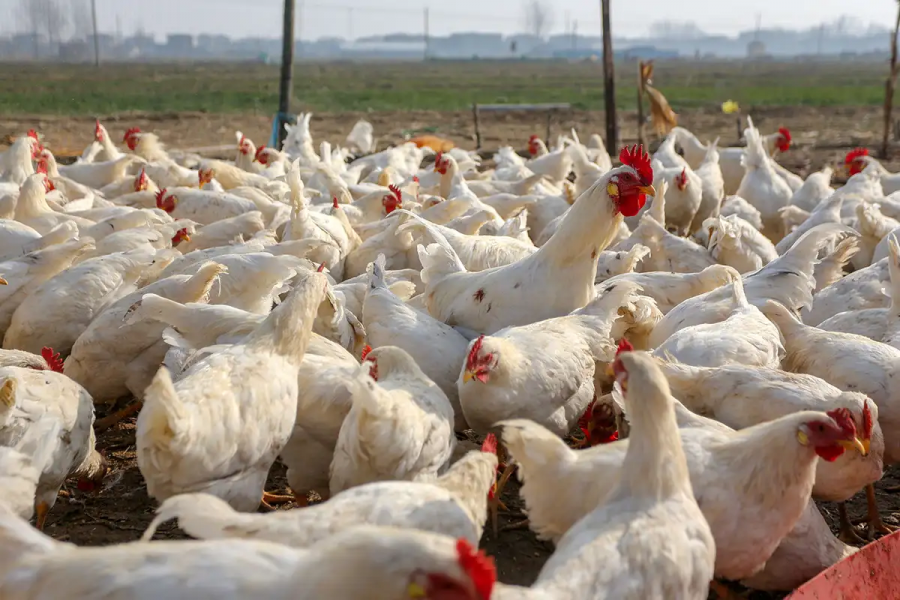H10N3 Bird Flu
June 9, 2021
COVID is starting to settle down, but is a new virus stepping up to take its place?
Recently, the number of COVID-19 cases have decreased thanks to the vaccine and other safety measures being taken by businesses. However, a new virus has reared its head in China. The H10N3 bird flu had its first recorded case on May 28th, when a 41-year-old man was diagnosed in Zhenjiang, China. No other cases since then have been reported, but it is possible that there have been more asymptomatic cases.
In case this does become another global pandemic, what is H10N3 bird flu, and what are the symptoms? Symptoms of the bird flu are similar to symptoms of the common flu and are spread by birds with cases of influenza. The disease can be spread by either animal to human or human to human contact. These symptoms may include a high fever, a dry cough, and muscle aches. With no current human vaccine for most types of avian flu, including this one, these symptoms can be signals of a serious disease if someone has been in contact with birds recently or handles them on a regular basis. These symptoms were shown and served as early warning signs for the man in China who supposedly had it for a month before it was finally diagnosed. All of this information was provided by both Reuters and NewScientist.
Now that people know of this virus’ existence, how can it be prevented before it becomes an international pandemic like COVID-19? First, similar precautions to COVID-19 precautions can be taken to prevent the spread if it someday does become a global health scare. Wearing a mask to slow the spread of the cough, and distancing from those who may have come into contact with birds or someone who may have come into contact with the disease. It most likely will not become a global scare as, unlike COVID-19, there has been no fast spread within the first two months of the first case, and as of now, no other people have come forward and been diagnosed with H10N3 bird flu.
If the H10N3 bird flu ever does become as notorious and widespread as COVID-19, similar precautions may be necessary to slow the spread. For now, however, H10N3 is not a significant worldwide threat.












